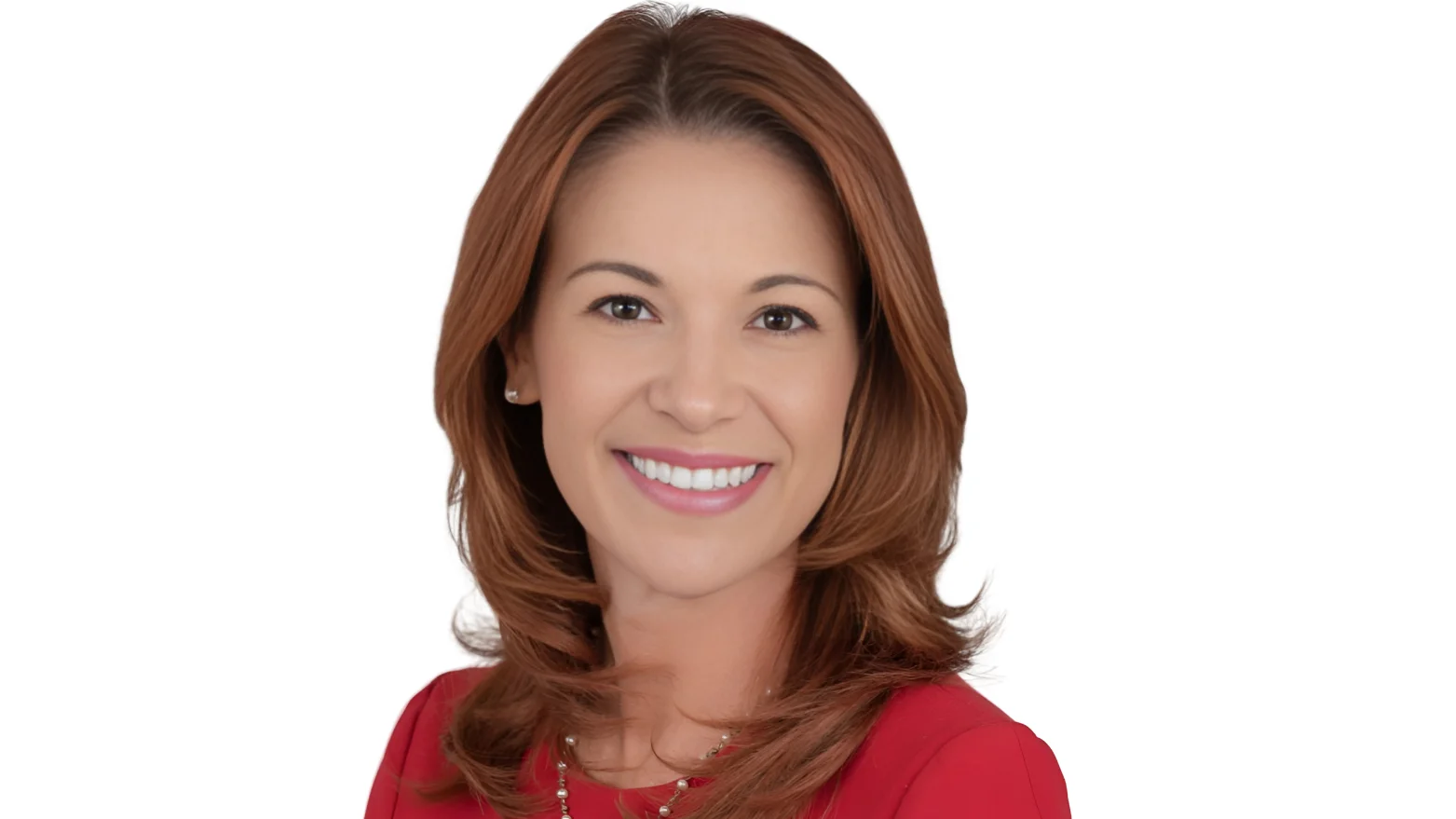
Kirsten Baesler Superintendent | North Dakota Department of Public Instruction
The North Dakota Department of Public Instruction has started the process of implementing the state’s new charter school law, known as SB2241. The legislation became effective last week and outlines a framework for establishing public charter schools in North Dakota.
State School Superintendent Kirsten Baesler stated that the department is now working on administrative rules to carry out the law. This process includes drafting regulations, allowing for public input, and requiring approval from both the attorney general and the Legislature’s Administrative Rules Committee.
“While we aren’t yet accepting any applications for charter schools, we’ve had several informal inquiries from teachers, individually and in small groups, and other educators who are having conversations with potential local community sponsors in small and midsized North Dakota communities,” Baesler said.
Baesler indicated that due to the need for careful planning and community feedback during rulemaking, it is unlikely that any charter schools will open for the 2025–2026 academic year.
Under SB2241, several responsibilities fall to the state superintendent. These include creating an application and review process for charter schools, holding public interviews with applicants, establishing performance agreements, giving detailed guidance on how to form a school and enroll students, ensuring compliance with regulations, and measuring student outcomes.
The law also requires that all charter schools employ licensed teachers according to standards set by the North Dakota Education Standards & Practices Board. Lawmakers included this requirement to maintain educator qualifications across all public schools in North Dakota.
In addition to allowing new charter schools to be established, SB2241 permits existing public schools to convert into charter schools if a majority of parents or guardians support such a change.
“Our new charter school legislation is an option for local communities to decide whether the concept works for their students and their families,” Baesler said. “It expands education opportunities and provides a new way to promote innovation and offer more choice to families.”
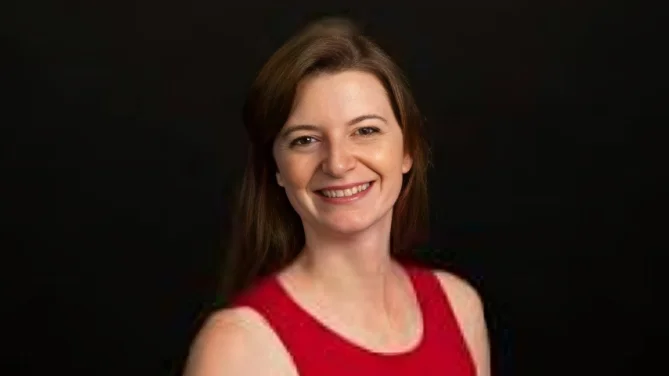

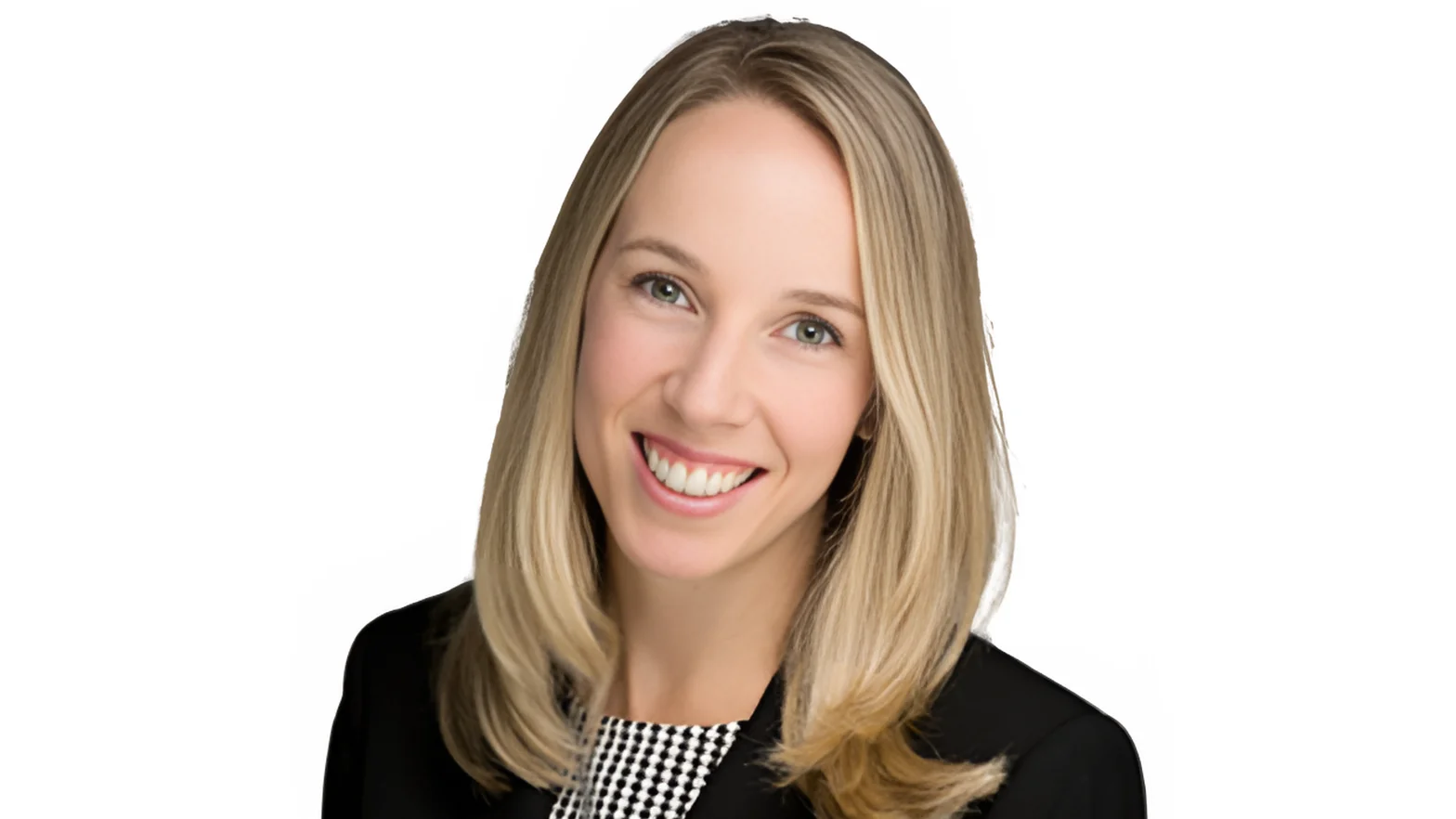
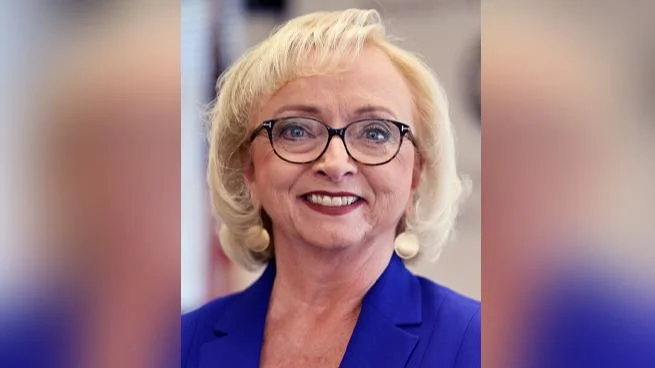
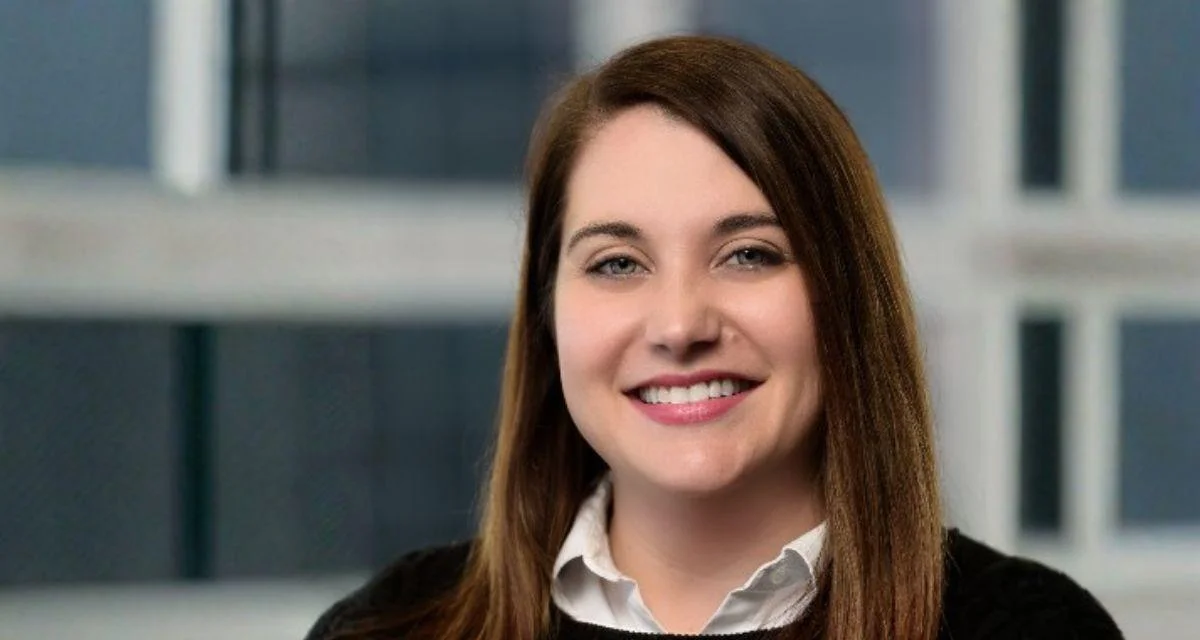
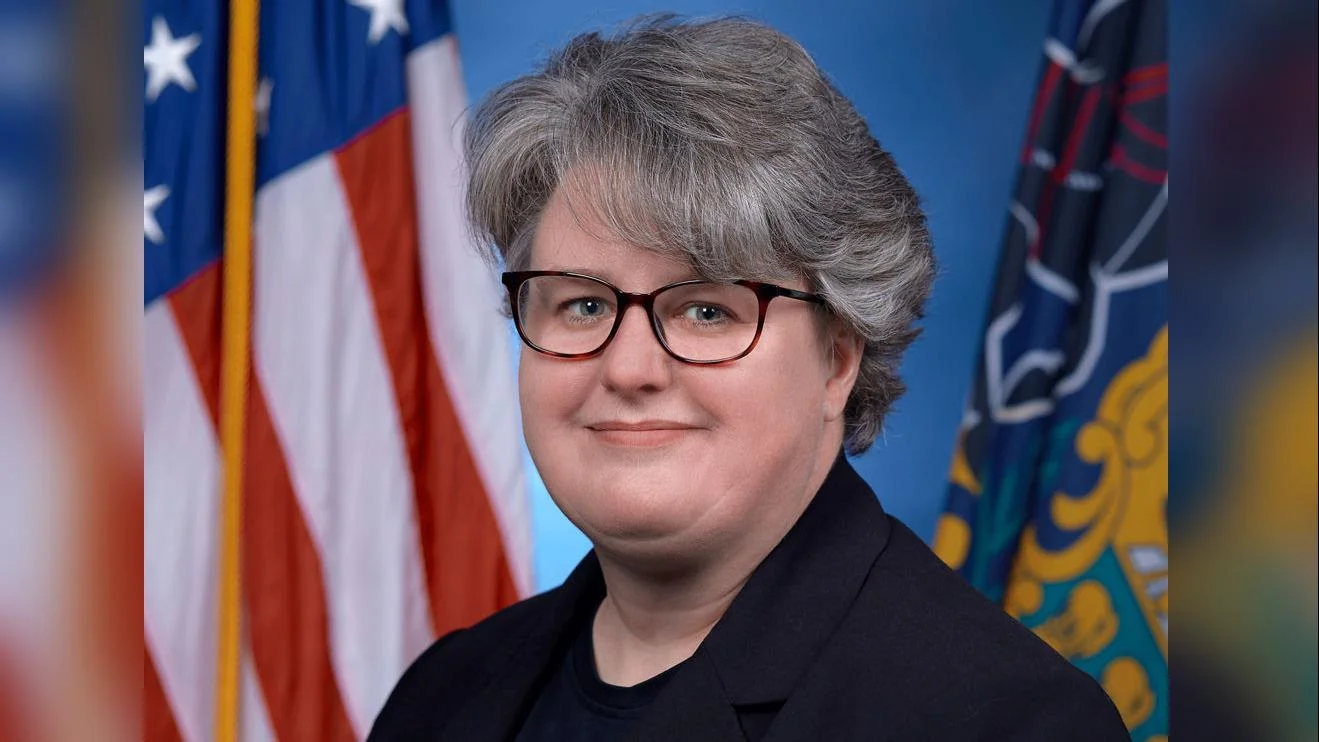
 Alerts Sign-up
Alerts Sign-up